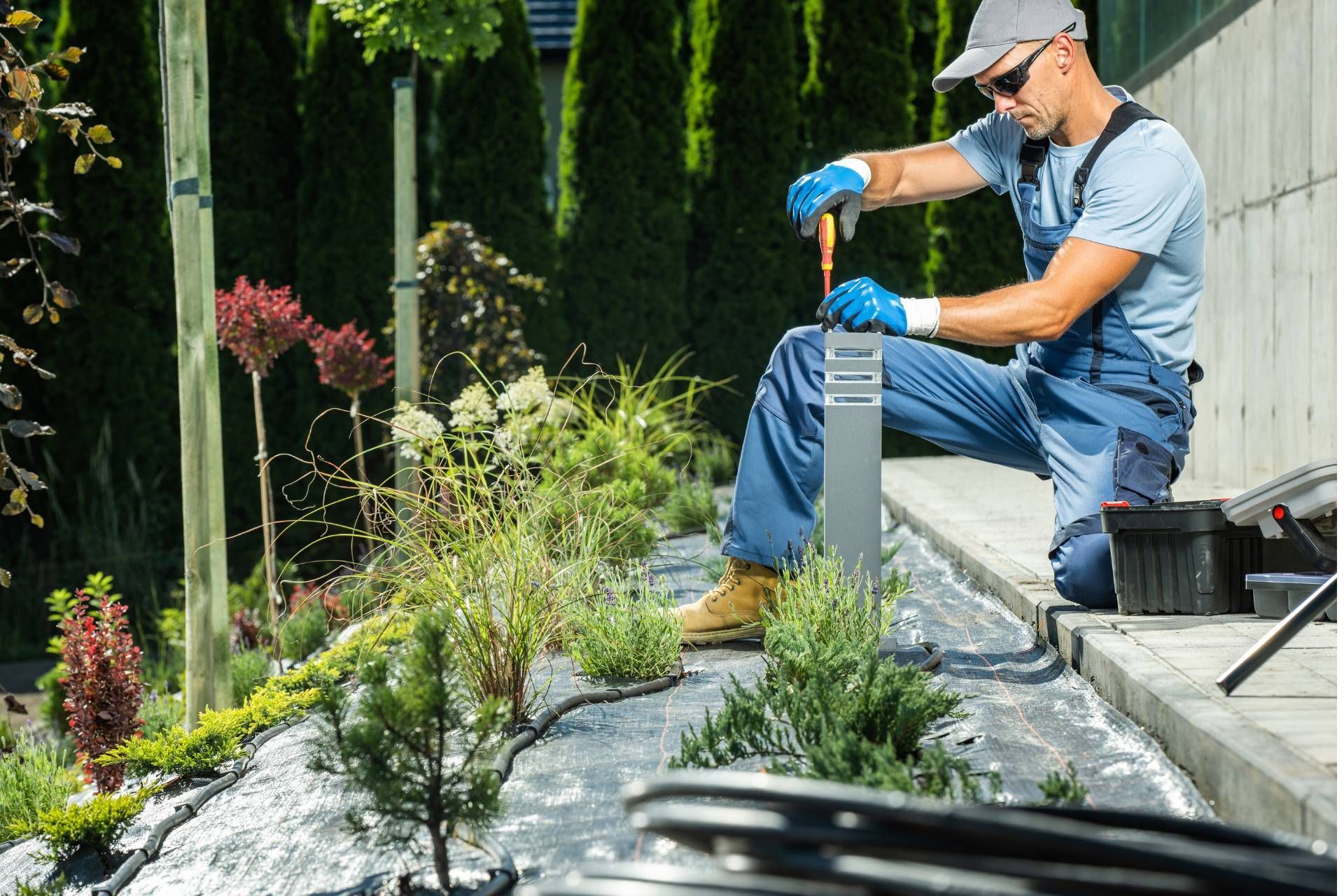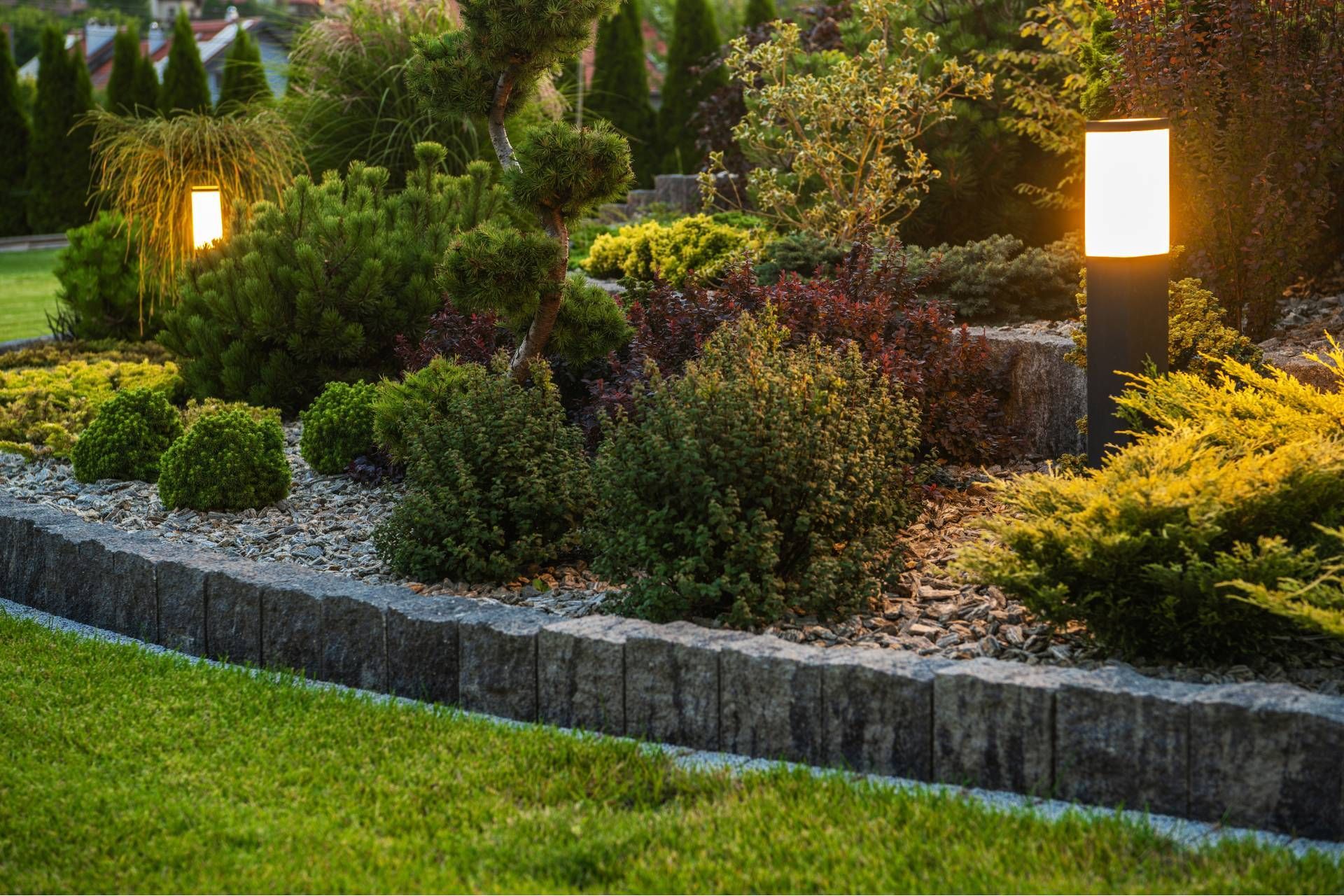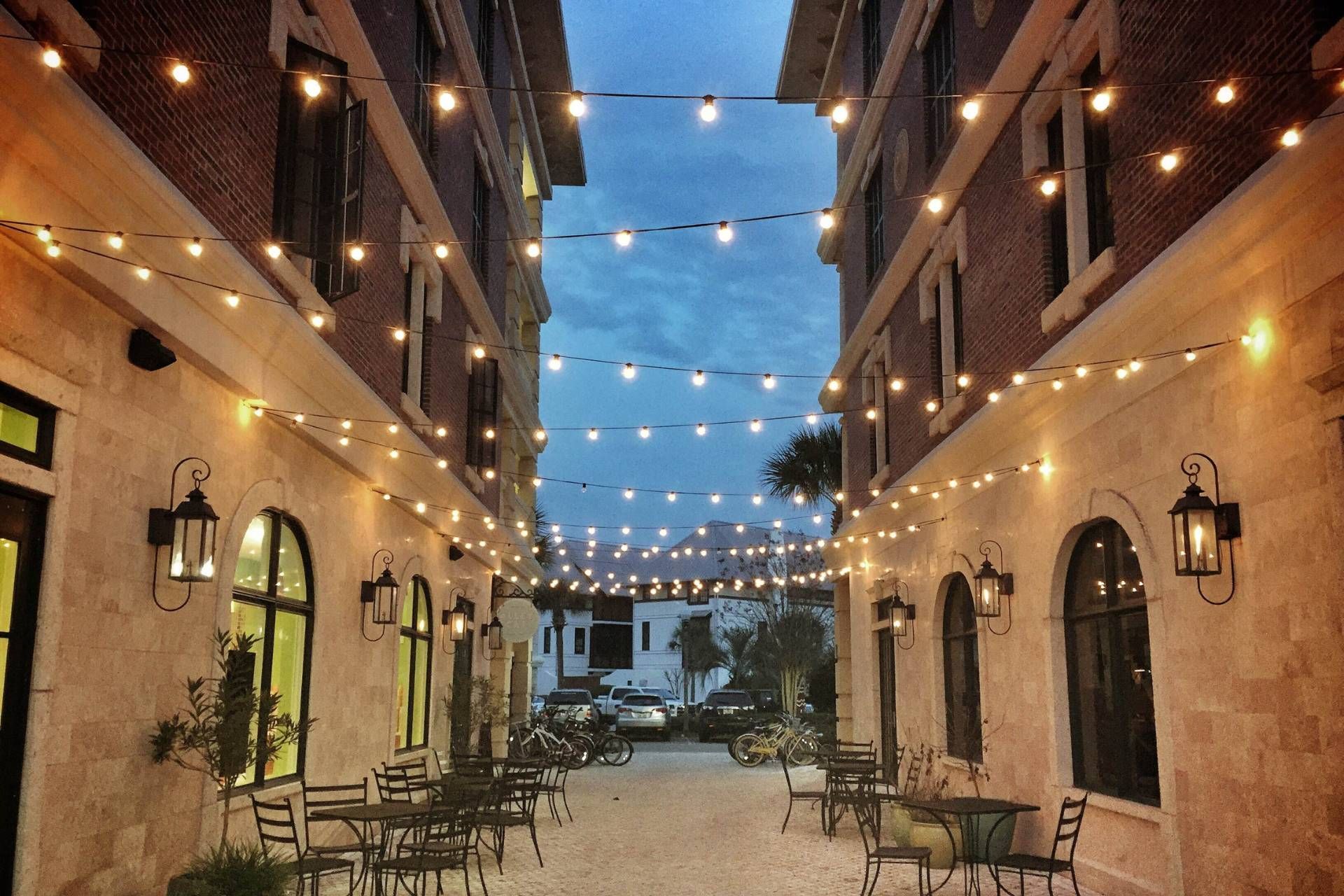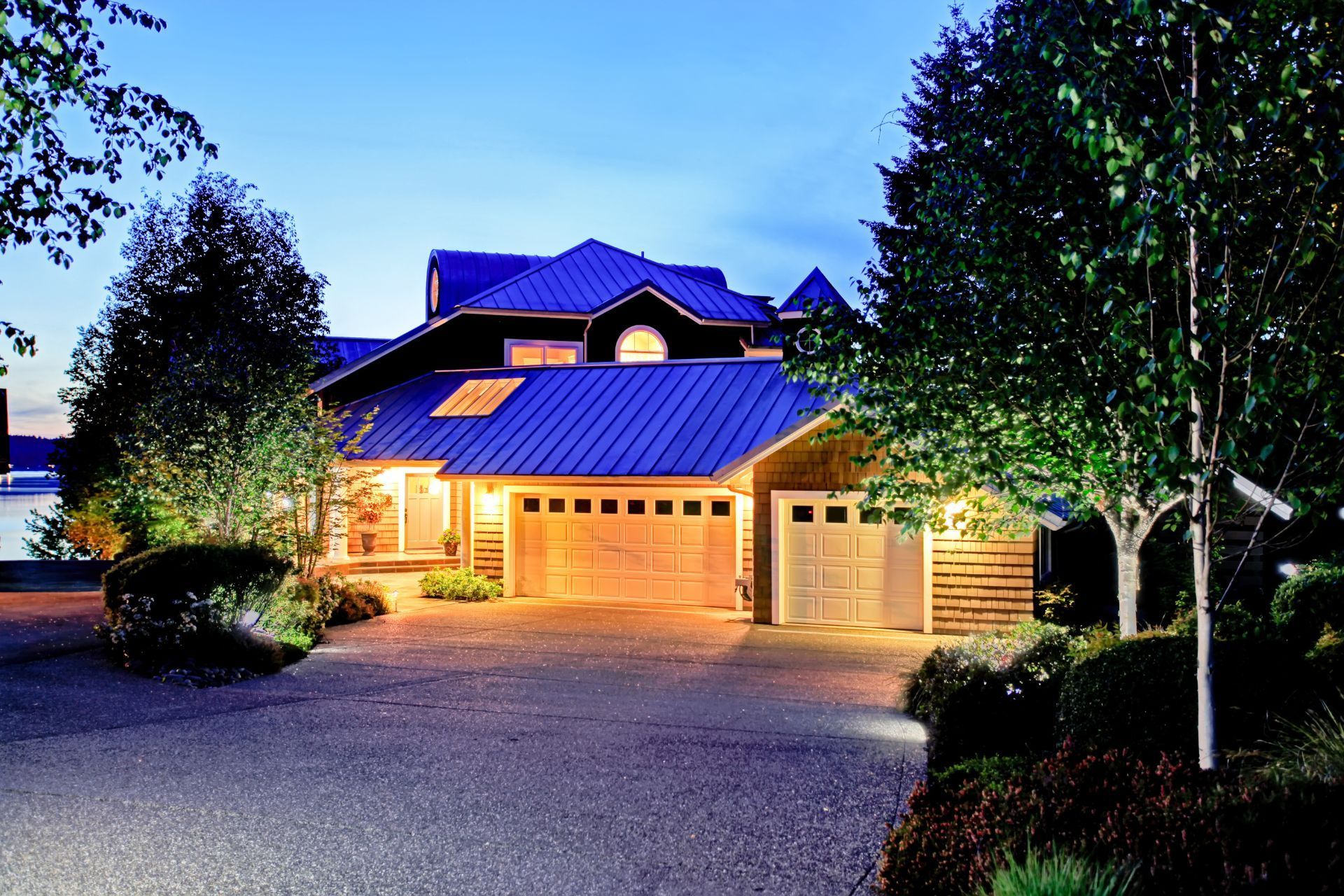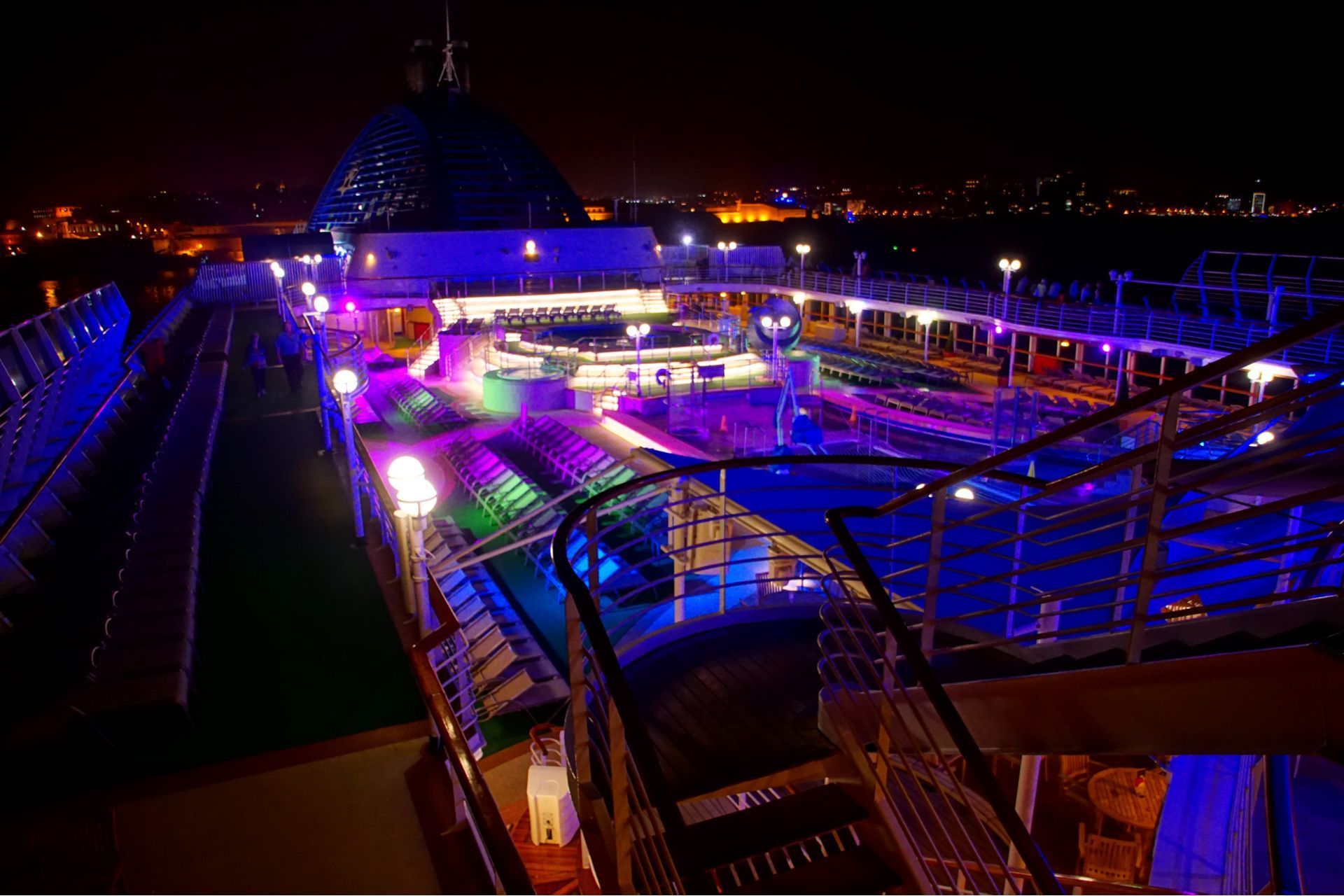How many outdoor lights do I need?
When it comes to outdoor lighting, many homeowners are often left wondering how many lights are necessary to properly illuminate their outdoor space. From highlighting architectural features to providing safety and security, outdoor lighting plays a crucial role in enhancing the overall aesthetic and functionality of your home’s exterior.
But, how many do you need to create the perfect ambiance?
The number of lights you’ll need will vary depending on the size and layout of your outdoor space, as well as your specific lighting goals. To help you determine how many outdoor lights you need, consider the following factors:
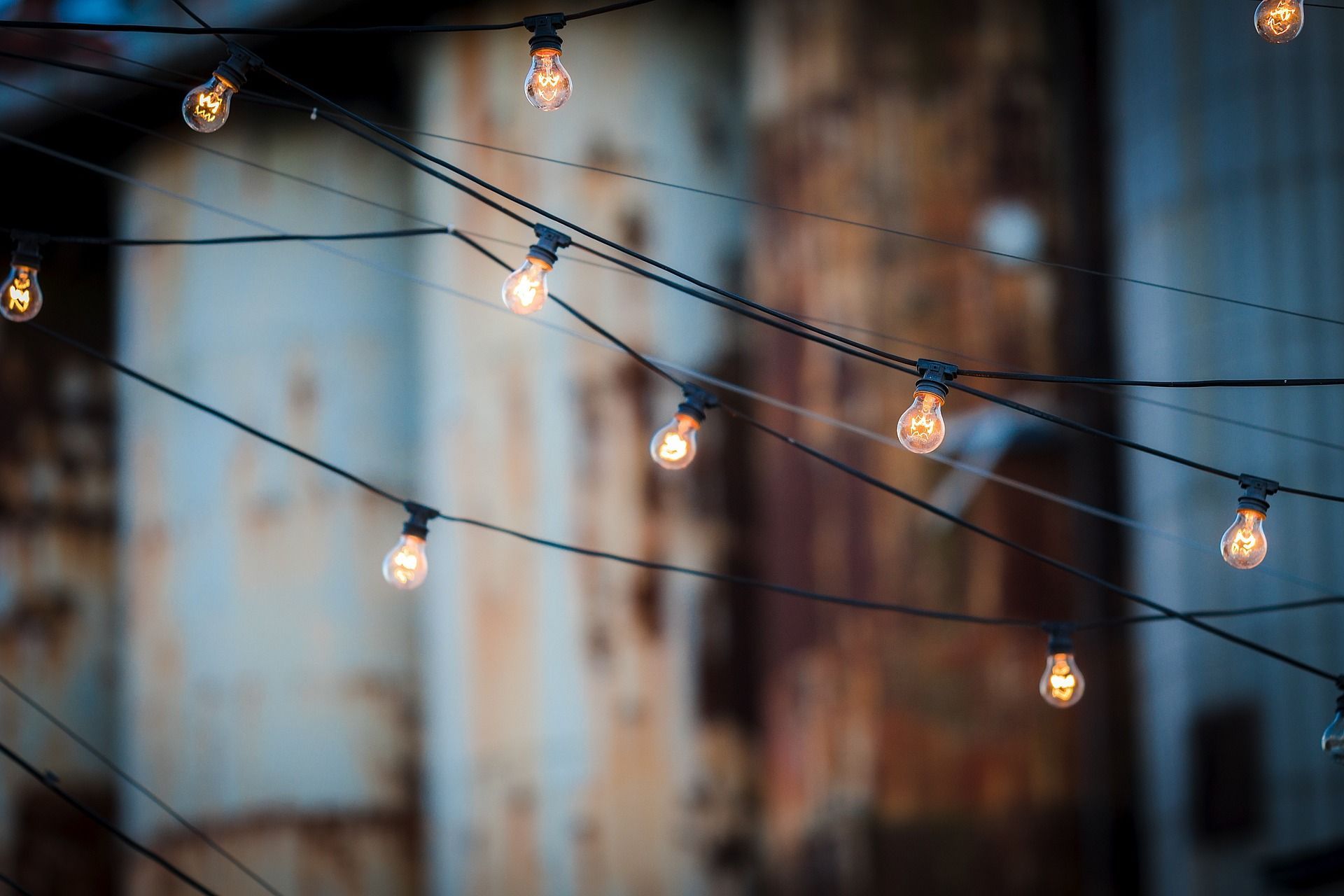
Space size
In larger outdoor spaces, such as a backyard or garden, it is important to use multiple light sources to adequately illuminate the area. This will not only improve visibility and safety but also enhance the overall aesthetic appeal of the space. When determining the number of lights needed for a larger outdoor area, consider factors such as the layout of the space, the presence of any obstacles or features that may block light, and the desired level of brightness.
One approach to lighting a larger outdoor space is to use a combination of overhead lights, pathway lights, and accent lights. Overhead lights, such as string lights or lanterns, can provide general illumination and create a warm and inviting atmosphere. Pathway lights can help guide guests safely through the space and highlight key features, such as a garden or fountain. Accent lights, such as spotlights or wall sconces, can be used to showcase specific plants, sculptures, or architectural elements.
In contrast, smaller outdoor spaces, such as a balcony or porch, may require fewer lights but still benefit from strategic placement. In these spaces, it is important to focus on creating a cozy and intimate ambiance while also ensuring that the area is adequately illuminated for activities such as dining or entertaining. Consider using wall-mounted lights, string lights, or lanterns to achieve the desired level of brightness without overwhelming the space.
Lighting goals
One common goal for outdoor lighting is to improve security around your property. If this is your primary objective, you may want to focus on installing lights in key areas such as entryways, pathways, and dark corners of your yard. By illuminating these areas, you can deter potential intruders and make it easier for you and your family to navigate around your property safely at night. Motion sensor lights are a popular choice for security lighting, as they only turn on when motion is detected, saving energy and alerting you to any activity outside your home.
Another common goal for outdoor lighting is to create a warm and inviting atmosphere in outdoor living spaces. If you're looking to enhance the aesthetics of your backyard or patio, you may want to consider decorative lighting options such as string lights, lanterns, or post lights. These types of lights can add a touch of charm and sophistication to your outdoor area, making it more inviting for gatherings or relaxation. By strategically placing these lights around your outdoor space, you can create a cozy ambiance that enhances the beauty of your landscaping.
Visibility is another important goal to consider when planning your outdoor lighting. If you want to improve visibility around your property, you may need to install more lights than if you were simply focusing on security or ambiance. Pathway lights, floodlights, and spotlights can help illuminate dark areas and provide better visibility for walking or driving around your property. By ensuring that your outdoor space is well-lit, you can reduce the risk of accidents or tripping hazards and make it easier for you and your guests to navigate safely in the dark.
Lighting placement
When it comes to outdoor lighting, placement is key. The way you position your lights can have a significant impact on how many you will need to properly illuminate your outdoor space. By strategically placing your lights, you can maximize their effectiveness and reduce the number needed.
One important factor to consider when determining lighting placement is the height at which the lights will be installed. Lights that are too high up may not adequately illuminate the ground below, while lights that are too low may create harsh shadows and glare. Finding the right balance is essential for achieving optimal lighting coverage.
In addition to height, the distance between lights also plays a crucial role in determining how many you will need. Lights that are spaced too far apart may leave dark spots in between, while lights that are placed too closely together can create an overabundance of light and potentially overwhelm the space.
Another factor to consider is the angle at which the lights are positioned. Lights that are pointed straight down may not effectively illuminate the surrounding area, while lights that are angled too high may scatter light in all directions. Finding the perfect angle is essential for achieving even and consistent lighting.
Furthermore, the type of light fixtures you choose can also affect the number of lights needed. For example, floodlights have a wider beam spread and can cover more area compared to spotlights, which have a narrower beam spread and are better suited for highlighting specific features.
Light output
The first thing to consider when thinking about light output is the size of the area you are looking to illuminate. A smaller space, such as a patio or deck, may only require one or two lights with a higher light output to provide adequate illumination. On the other hand, a larger space, such as a backyard or driveway, may require multiple lights with lower light output to evenly distribute the light across the entire area.
Another factor to consider is the purpose of the lighting. If you are looking to increase security around your property, you may want to opt for lights with a higher light output to ensure that every corner of your property is well-lit and visible. Alternatively, if you are looking to create a cozy ambiance for outdoor entertaining, lights with a lower light output may be more appropriate.
In addition to the size of the area and the purpose of the lighting, the type of light fixture and bulb can also impact the number of lights needed. LED lights, for example, tend to have a higher light output than traditional incandescent bulbs, meaning that fewer fixtures may be needed to achieve the desired level of illumination.
Tips for Outdoor Landscape Lighting
Plan your lighting design - Before you start installing lights, take some time to plan out your lighting design. Consider the different areas of your outdoor space, such as pathways, plants, trees, and architectural features, and think about how you can use lighting to enhance these areas. Create a lighting plan that highlights and complements the best features of your outdoor space.
Use a variety of lighting types - To create a dynamic and visually appealing outdoor lighting design, use a variety of lighting types, such as spotlights, floodlights, pathway lights, and accent lights. Each type of light serves a different purpose and can be used to highlight specific features of your outdoor space. For example, spotlights can be used to illuminate trees or architectural features, while pathway lights can illuminate walkways and create a safe and welcoming entrance to your home.
Consider the direction and angle of light - When installing outdoor landscape lighting, consider the direction and angle of the light. Angling lights upwards can create a dramatic effect and highlight tall trees or structures, while angling lights downwards can illuminate pathways and ground-level features. Experiment with different angles and directions to create the desired effect in your outdoor space.
Use LED lights - LED lights are a great choice for outdoor landscape lighting because they are energy-efficient, long-lasting, and come in a variety of colors and styles. LED lights are also more durable and weather-resistant than traditional incandescent bulbs, making them a practical choice for outdoor use. Consider using LED lights in your outdoor landscape lighting design for a cost-effective and environmentally-friendly solution.
Install a timer or smart lighting system - To make your outdoor landscape lighting more convenient and efficient, consider installing a timer or smart lighting system. Timers can be set to turn your lights on and off at specific times, helping you save energy and ensure that your outdoor space is well-lit when you need it. Smart lighting systems allow you to control your outdoor lights from your smartphone or tablet, giving you more flexibility and control over your lighting design.
Ask the Experts
Consulting with a lighting expert, such as Woods Luminaires, can help you find the perfect balance and design a custom lighting plan that meets your needs.
Woods Luminaires is a leading manufacturer of high-quality outdoor lighting fixtures with a wide range of products to choose from. Their team of lighting experts can assess your property and recommend the ideal number and placement of lights to enhance your outdoor space. By taking into account factors such as the size and layout of your property, the existing lighting conditions, and your specific lighting goals, they can create a customized lighting solution that meets your needs and fits your budget.
WOODS
LUMINAIRES
Head Office
Inquiries
For any inquiries, questions or commendations, please call: (435) 535-1351
Copyright © 2023 Woods Luminaires, All Rights Reserved. Privacy Policy


